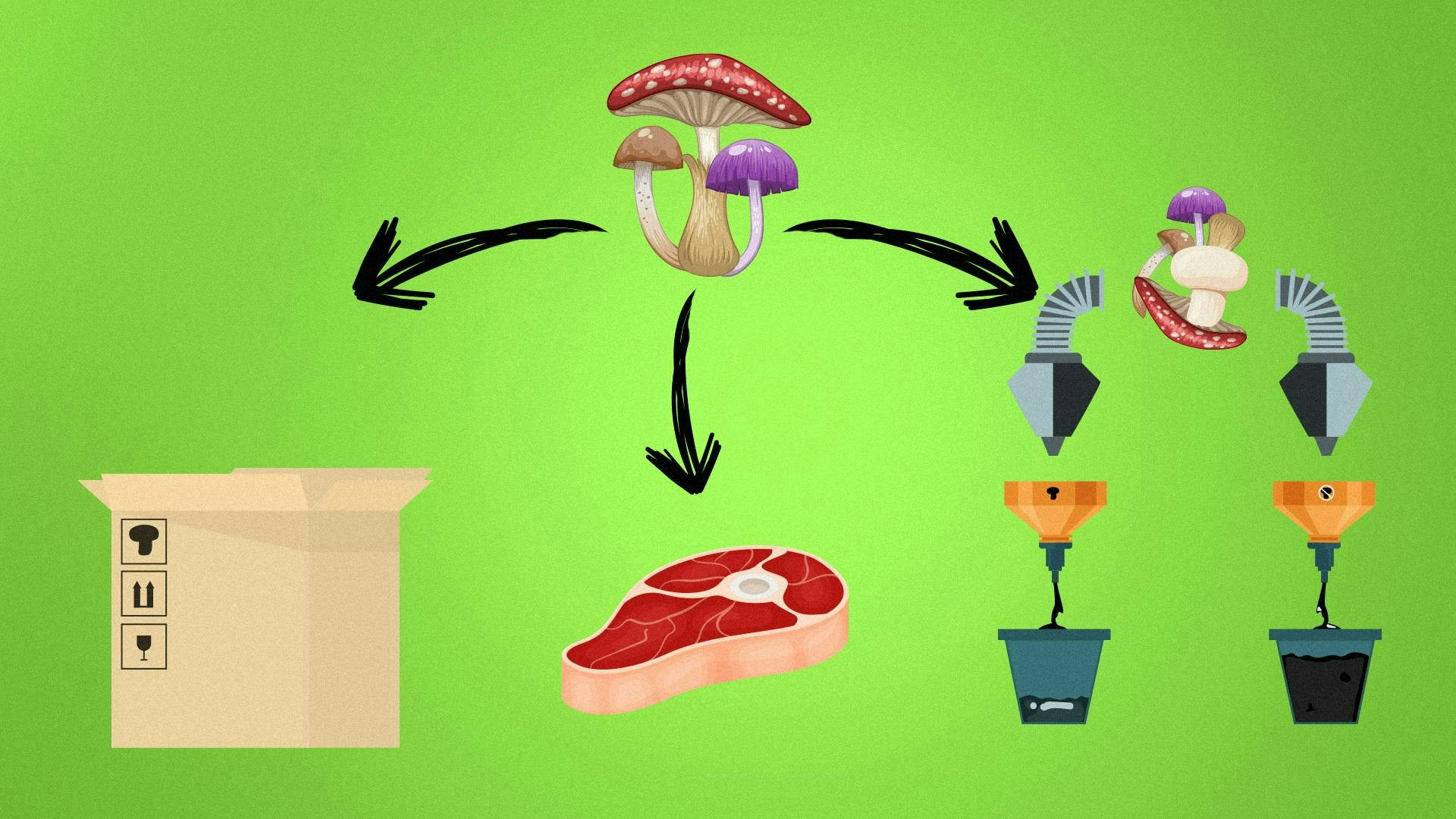Tech Briefing: Quantum computing

“A classical computation is like a solo voice—one line of pure tones succeeding each other. A quantum computation is like a symphony—many lines of tones interfering with one another.” ― Seth Lloyd
Quantum computing’s goal is to exploit quantum properties that challenge our classical understanding of physics, to execute calculations orders of magnitude faster than any traditional computer.
There are fundamental differences between the computer you are using now and QC, mainly regarding information storage and calculation methods.
In simple terms, it would be akin to comparing a candle to a lightbulb, though a more technical explanation of the differences is available here. These differences require us to use an entirely new metric to measure performance and complexity—the qubit.
Widespread quantum computing would accelerate development of new drugs, better climate and financial modeling, weather forecasting, machine learning and AI, and myriad other technologies and industries. QC will also weaken our ability to secure online secrets, as it can easily break industry-standard encryption. Post-quantum cryptography is, however, possible and actively researched.
Quantum computing (QC) was long believed to be possible only in theory. Initially theorised in the 1970s by visionary mathematicians, the idea of using weird quantum states for practical calculations was impossible for decades. Despite breakthroughs in the 1990s to develop more practical algorithms and applications, none met a minimum threshold of accuracy.
In 1998, the first two-qubit computer was created, but took another six years to reach the five-qubit milestone, which reduces errors sufficiently to be useful.
The 2000s saw increased interest by governments to fund research, fuelling a series of seemingly independent breakthroughs in computer and material science. Around 2016, the private sector—spearheaded by IBM, Google and Microsoft—rushed into the race, with a flurry of practical applications for QC promised in the next two years.
The race culminated in 2019, with Google and NASA claiming to have achieved quantum supremacy. The "quantum supremacy" milestone means they built a computer that can solve calculations impossible to solve in classical computing. IBM launched its first commercial quantum computer that same year, claiming an astonishing 53 qubits. Only a year later, Chinese scientists demonstrated an eye-popping 76-qubit machine that can perform a 100 trillion times faster than a classical supercomputer.
“If you are confused by the underlying principles of quantum technology—you get it!” ― Kevin Coleman
Overall trends
Over 12 months, development shifted towards distributed quantum computers that can be combined into QC supercomputers working across a distance. Whispers are now emerging of a quantum internet that could—at least in theory—transmit information faster than the speed of light, with the US government taking note. In July 2020, a lecture on the subject was organised by the US Department of Energy and the University of Chicago.
Top research institutions
Research is mainly published by the US, followed by China, with half that amount. The UK completes the top three, largely driven by the Universities of Oxford and Cambridge.
The University of Oxford tops the ranking of institutions with the most publications related to QC, followed by MIT, the University of Cambridge, and the University of Science and Technology of China.
Top research funders
Research is funded largely by government grants. In August 2020, the US government launched a $1 billion initiative to fund research in QC. In January 2021, France announced a €1.8 billion quantum plan to finance research in quantum technologies. The number of grants has shot up since 2015, nearly doubling in three years. The amount of these grants more than tripled over the same period.
Over the past five years, the US, China, and Belgium respectively top the number of funding sources for grants. It is worth noting that the inclusion of Belgium in this list likely represents EU-wide funding.
Top patent holders
The number of patents related to quantum computing increased tenfold since 2015. This number is likely underestimated, as quantum technology is driven by innovations in other technologies in material science, and cryonics needed to keep the computers running and cool.
Patents generation is largely funded by US government agencies that make up the entire top five. However, the top five patent holders are mainly in the private sector. IBM dominates the field, followed by the holdings of Microsoft and Google. D-wave systems, a Canadian company specialised in the development of business applications of QC ranks fourth. The Australian University of New South Wales completes the top five.
Tech Briefings is a regular L’Atelier Insights feature that breaks down the promise (and/or reality) of a given technology or group of technologies. This includes funding sources, current research, and current and future implementations, sourced from our internal intelligence tools.
01 Oct 2021
-
Giorgio Tarraf
Illustrations by Debarpan Das.
DATA-DRIVEN TECH & SOCIAL TRENDS. DISCOVERED WEEKLY. DELIVERED TO YOUR INBOX.
02/03
Related Insights
03/03
L’Atelier is a data intelligence company based in Paris.
We use advanced machine learning and generative AI to identify emerging technologies and analyse their impact on countries, companies, and capital.


